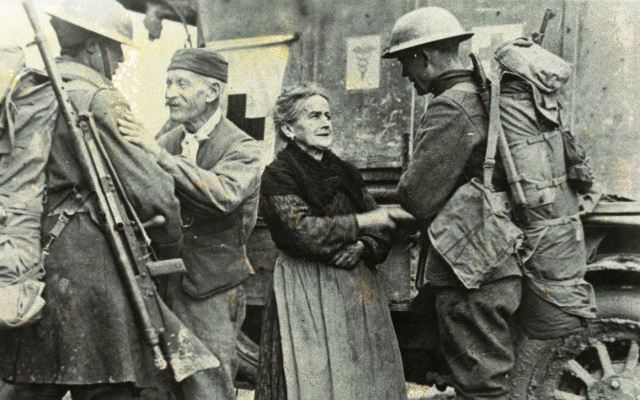
THE RESERVE CORPS AND NATIONAL ARMY
Congress created the Officer’s Reserve Corps, Enlisted Reserve Corps and Reserve Officers’ Training Corps in 1916. Once war was declared, the Officer Reserve Corps grew dramatically, providing more than 89,000 officers. Within the Enlisted Reserve Corps, 15,000 Soldiers served in the Medical Department. More than 80,000 Enlisted Reserve Corps or Regular Army Reserve Soldiers served in World War I.

TODAY’S MEDICAL EXPERTISE
During World War I, the Army mobilized nearly 90,000 Reserve officers, one-third of whom were medical doctors. This quickly quadrupled the Army’s capacity to care for the sick and wounded.Today, 59 percent of the Total Army’s medical capabilities reside in the Army Reserve.
These doctors continue to bring critical civilian medical expertise in areas such as dentistry (endodontics, oral surgery and orthodontics); behavioral sciences (social workers, clinical psychologists and counseling psychologists); laboratory sciences (biochemists, clinical laboratory officers, microbiologists and research psychologists); optometry; pharmacy; preventive medicine sciences(medical science officers, entomologists, audiologists and environmental science/engineering officers).
Pictured top: The Dental Reserve Corps, part of the Medical Reserve Corps, offered opportunities for African-American dentists. African-Americans have been part of the Army Reserve since World War I. In 1917, history notes, 639 "colored" Reserve officers (as the then-segregated Army designated them) were commissioned from the Officers Training Camp at Fort Des Moines, Iowa.
Bottom: Soldiers of the 308th Infantry Regiment, 77th Infantry Division, and 166th Infantry Regiment, 42nd Infantry Division liberate a small town in France